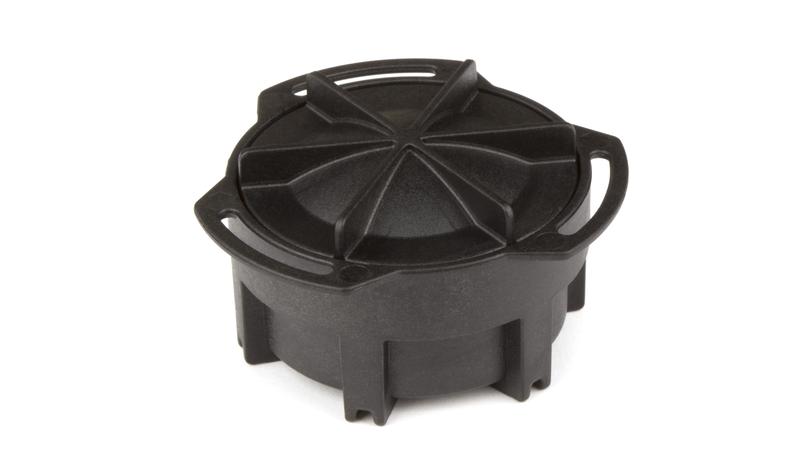
FVRD to continue residential radon testing despite only half of free kits being returned
CHILLIWACK — The Fraser Valley Regional District (FVRD) has once again approved a potential $10,000 expenditure for a winter residential radon-testing program.
Despite only around half of the 500 test kits being returned to the region’s environmental services from a similar initiative this past year, the Regional and Corporate Committee has decided to renew the project.
With radon characterized as a potential health hazard by Fraser Health, the 90-day kits were distributed in late 2023 across municipal and electoral areas.
Health authorities previously stated that they didn’t have adequate test results for radon across the region.


